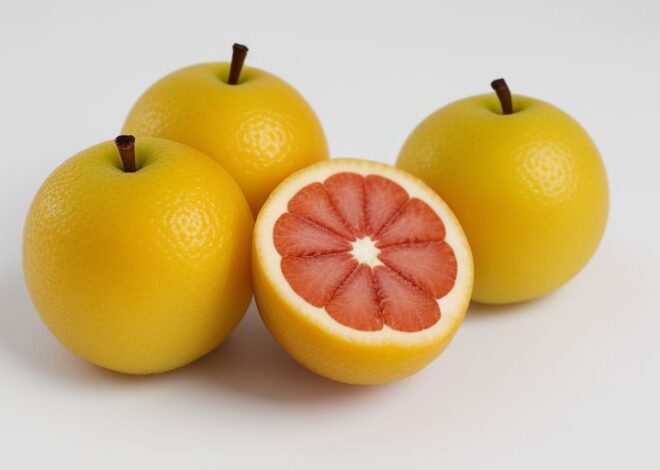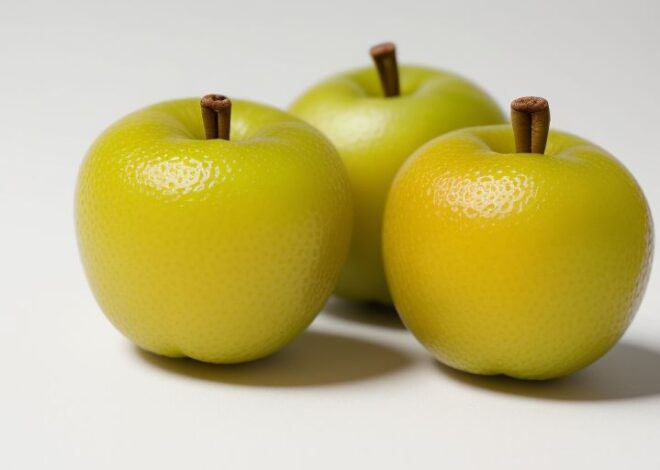
Salak
Introduction
Salak (Salacca zalacca) is a tropical fruit native to Southeast Asia, particularly in Indonesia, Malaysia, and the Philippines. It belongs to the family Arecaceae (palm family) and is known for its unique, scaly skin and sweet, acidic taste. Salak is also called the “snake fruit” due to its snake-like skin, which is rough and brown, with overlapping scales.
Etymology
The name “salak” comes from the Sanskrit word “śalāka,” meaning “a type of palm tree.” In Malay, the fruit is called “salak,” while in Indonesian, it is called “salak” or “salek.”
Description
Salak is a small, oval-shaped fruit, typically 2-3 cm in length and 1-2 cm in width. Its skin is rough, brown, and scaly, with overlapping scales that resemble a snake’s skin. The flesh is white, soft, and juicy, with a sweet and slightly acidic taste. The fruit has a single seed in the center.
Taxonomy and Cultivars
Salak is classified as follows:
- Kingdom: Plantae
- Clade: Angiosperms
- Clade: Monocots
- Order: Arecales
- Family: Arecaceae
- Genus: Salacca
- Species: S. zalacca
There are several cultivars of salak, including:
| Cultivar | Description |
|---|---|
| Salacca zalacca | The most common cultivar, with a sweet and slightly acidic taste. |
| Salacca sumatrana | Found in Sumatra, Indonesia, with a sweeter taste than S. zalacca. |
| Salacca edulis | Found in Malaysia, with a larger fruit and sweeter taste than S. zalacca. |
Distribution and Habitat
Salak is native to Southeast Asia, specifically in:
- Indonesia (Sumatra, Java, Bali)
- Malaysia (Peninsular Malaysia, Sabah, Sarawak)
- Philippines (Luzon, Mindanao)
It grows in tropical rainforests, typically in shaded areas with well-drained soil.
Cultivation
Salak is cultivated in Southeast Asia for its fruit, which is harvested when ripe. The fruit is typically grown in small-scale plantations or home gardens.
Production and Uses
Salak is consumed fresh, used in traditional medicine, and made into various products, such as:
- Juice
- Jam
- Pickles
- Dried fruit
Phytochemistry
Salak contains various bioactive compounds, including:
- Flavonoids
- Phenolic acids
- Saponins
- Tannins
Flavor
Salak has a sweet and slightly acidic taste, with a flavor profile that is often described as a combination of strawberry, kiwi, and banana.
Toxicity
Salak is generally safe to consume, but may cause allergic reactions in some individuals.
Nutrition
Salak is a good source of:
- Vitamin C
- Potassium
- Fiber
- Antioxidants
Culture
Salak has cultural significance in Southeast Asia, particularly in Indonesia and Malaysia, where it is considered a traditional fruit. It is often served as a snack or dessert, and is also used in traditional medicine.
Quotes
- “Salak is a fruit that is both sweet and sour, just like life.” – Indonesian proverb
- “The snake fruit is a symbol of good luck and prosperity.” – Malaysian saying
Tables
| Nutrient | Amount (per 100g) |
|---|---|
| Energy | 45 kcal |
| Carbohydrates | 11.4g |
| Fiber | 2.4g |
| Vitamin C | 10mg |
| Potassium | 440mg |
| Bioactive Compound | Amount (per 100g) |
|---|---|
| Flavonoids | 15mg |
| Phenolic acids | 20mg |
| Saponins | 10mg |
| Tannins | 5mg |
Traditional Medicine
Salak has been used in traditional medicine for centuries, particularly in Indonesia and Malaysia. The fruit, leaves, and roots are used to treat various ailments, including:
- Fever
- Cough
- Sore throat
- Digestive problems
- Skin conditions
Culinary Uses
Salak is a versatile fruit that can be consumed in various ways, including:
- Fresh: eaten raw, often with a sprinkle of salt or sugar
- Juice: extracted and consumed as a refreshing drink
- Jam: made into a sweet and tangy preserve
- Pickles: soaked in vinegar and spices to create a sour and crunchy snack
- Dried: dried and consumed as a healthy snack
Economic Importance
Salak is an important crop in Southeast Asia, particularly in Indonesia and Malaysia, where it is grown for both local consumption and export. The fruit is a significant source of income for small-scale farmers and rural communities.
Environmental Impact
Salak cultivation has a relatively low environmental impact compared to other crops. It is often grown in shaded areas, which helps to maintain biodiversity and reduce soil erosion.
Conclusion
Salak is a unique and fascinating fruit that has been an integral part of Southeast Asian culture and cuisine for centuries. Its sweet and slightly acidic taste, combined with its numerous health benefits and versatility, make it a popular fruit among locals and visitors alike. As demand for salak continues to grow, it is essential to ensure that its cultivation and production are sustainable and environmentally friendly.
References
- “Salak: A Review of its Nutritional and Pharmacological Properties” (2020)
- “Ethnobotanical Study of Salak (Salacca zalacca) in Indonesia” (2019)
- “Salak: A Traditional Fruit with Potential Health Benefits” (2018)


